
15 المقررات الدراسية

Nanotechnology
Can you imagine a computer smaller than a grain of sand? How about a tiny robot that can rove through the body and destroy cancer cells? In this BrainPOP movie Tim and Moby will teach you about nanotechnology, the scientific arena that hopes to make these things a reality! First, you’ll discover what nanotechnology is and learn about some of the events that jump-started its development. Next, you’ll find out some of the ways in which scientists hope to use nanotechnology to make our world better and cleaner--as well as how nanotech has progressed so far! Plus, you’ll find out about one important down-side to nanotechnology. As the world gets smaller and smaller, you’ll want to keep up with the latest developments, so check out this movie to find out more!
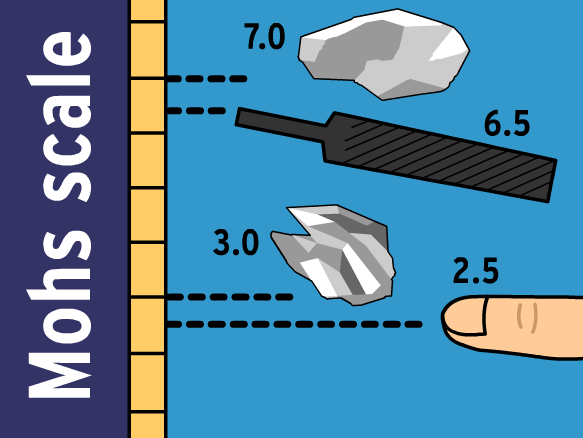
Mineral Identification
Is that a diamond or cubic zirconia on your finger? After Tim and Moby introduce you to the world of mineral identification, you’ll never be fooled again! In this BrainPOP movie, you’ll learn how to use the physical properties of minerals to tell them apart. Discover why it’s important to look not just at color and hardness but also other properties like luster, streak and even something called cleavage! You’ll learn about the different scales used to measure mineral properties, and why the only mineral that can mark up a diamond is another diamond. Soon you’ll be ready to start that rock collection (just don’t leave them in the living room)!
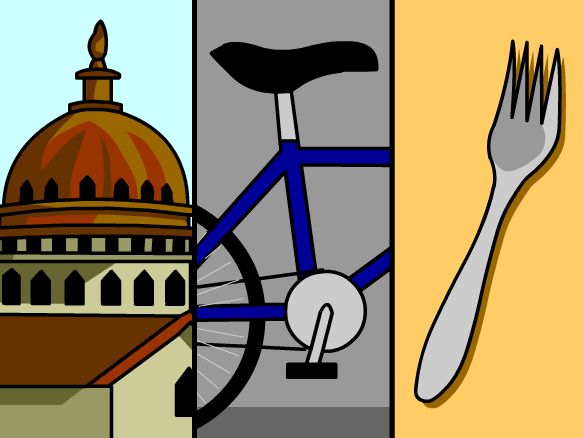
Metals
Do you have the mettle to learn about metals? learn all about the elements and alloys we call metal. Find out about their physical properties, like ductility and hardness, as well as their chemical properties, like positive valence and the tendency to oxidize. Take a look at how metals are subdivided on the periodic table of elements. You'll learn about why metal is so important to people, too. Discover its many uses, from cars to silverware to cell phones...to medals!
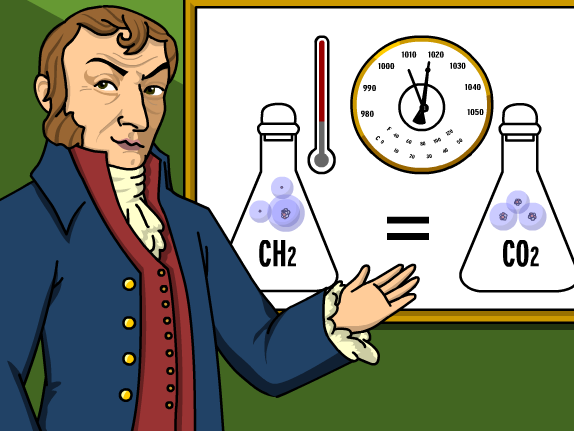
Moles
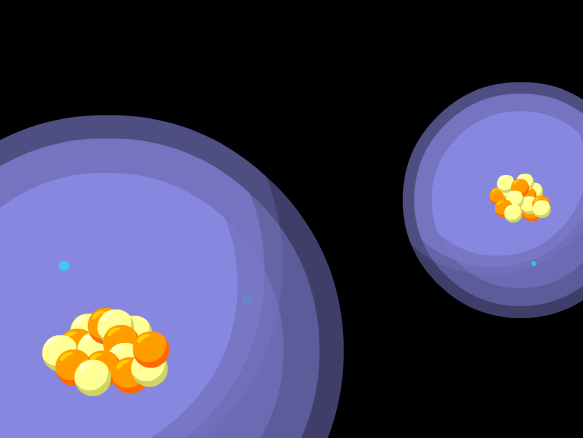
Isotopes
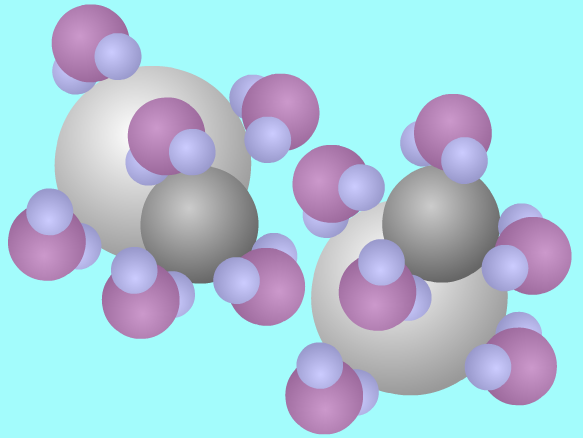
Ions

Diffusion
If you want to be a chemistry wizard, you'll first need to learn all about diffusion! Tim and Moby will teach you everything you need to know about this important chemical process. Find out exactly what diffusion is and where you'll find it. You'll also see some examples of diffusion in everyday life. Plus, find out why scientists think that diffusion is such a hot topic! Okay, little wizard, diffuse away!

Law of Conservation of Mass
Contrary to what your local magician might tell you, things cannot appear out of nowhere! Tim and Moby will teach you all about the law of conservation of mass! You'll discover why the law is used and how it's used in practical terms. Find out the different parts of a chemical reaction and who first realized that in a closed system matter can be neither created nor destroyed. Plus, you'll see an example of how the law works. Unless you know something we don't, don't expect to find any bunnies under top hats anytime soon!
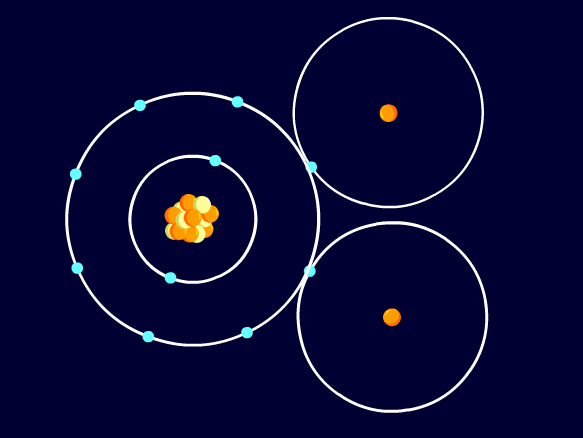
Compounds & Mixtures
Ready to mix it up a little? Let Tim and Moby show you the difference between a compound and a mixture in this BrainPOP movie! Which blend looks nothing like its original elements? Which is more difficult to undo? Which can be separated using mechanical means? And what’s the difference between heterogeneous and homogenous mixtures, anyway? Tim and Moby answer all these questions — and even explain the differences between salt water and salad dressing! Yum!

Chemical Equations
Chemical reactions never lose their balance—and neither should chemical equations! Chemical reactions happen when atoms break chemical bonds and form new ones. And because matter can’t be created or destroyed, you always end up with the same amount of matter before and after a chemical reaction. We can represent the inputs and outputs of a reaction with a chemical equation. The inputs should contain the same number of each type of atom as the outputs. But sometimes you have to do some finessing to get these numbers to balance out. It’s kind of like solving a puzzle. Except these puzzle pieces are the particles that make up the whole universe.
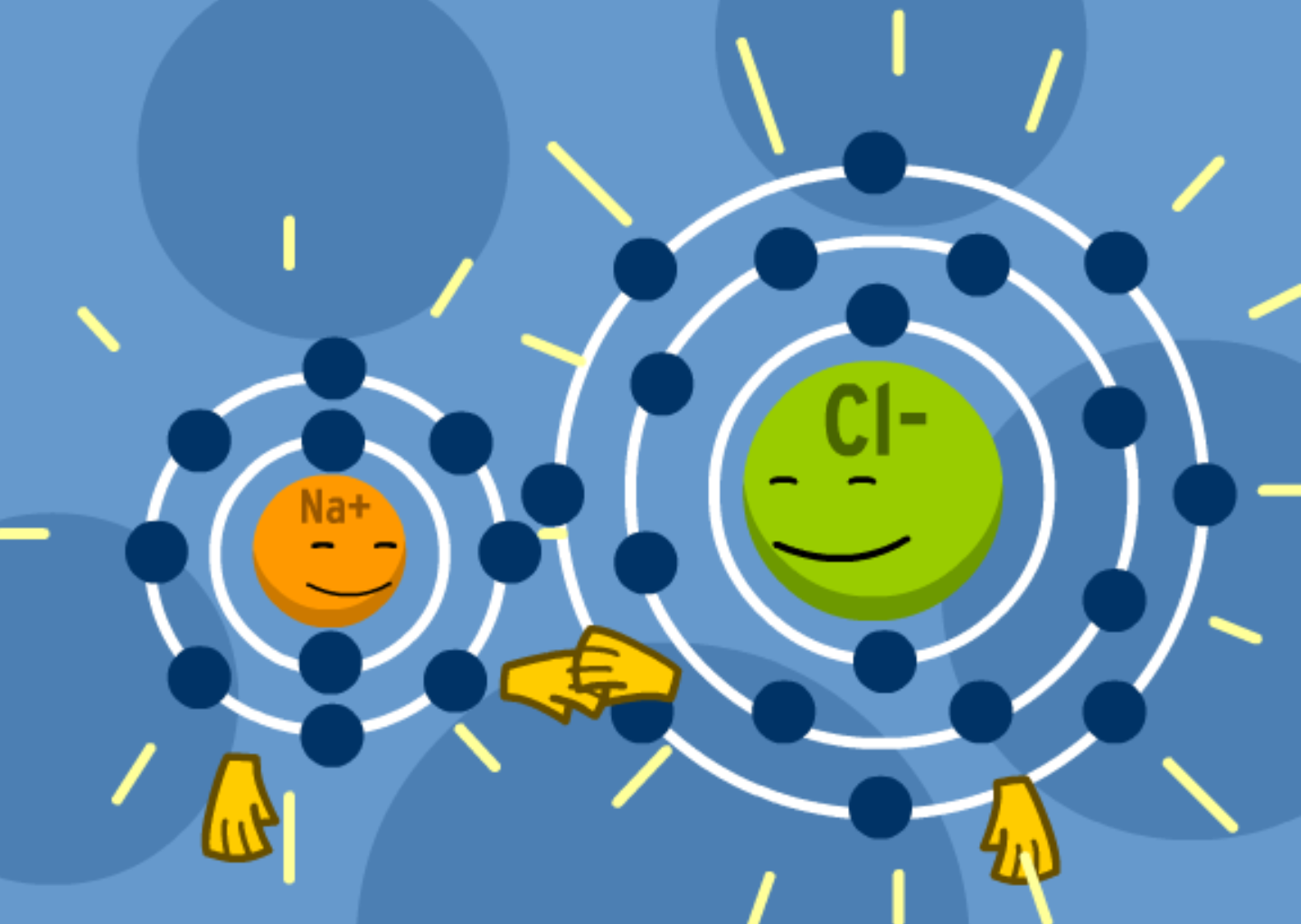
Chemical Bonds
How do two colorless, reactive gases combine to form water, a stable liquid? Join Tim and Moby as they explore the fundamentals of chemical bonds. You’ll learn about atomic structure, including how electrons orbit atomic nuclei in levels called shells. Tim will show you how the number of electrons in each shell affects whether it will easily form bonds with other atoms. And you’ll learn about the two major kinds of chemical bonds: covalent, where pairs of electrons are shared between atoms; and ionic, where one atom “steals” electrons from another atom. Finally, you’ll discover how a substance’s properties dramatically change when it bonds with another substance. Watch this movie, and you’re bound to learn something new!
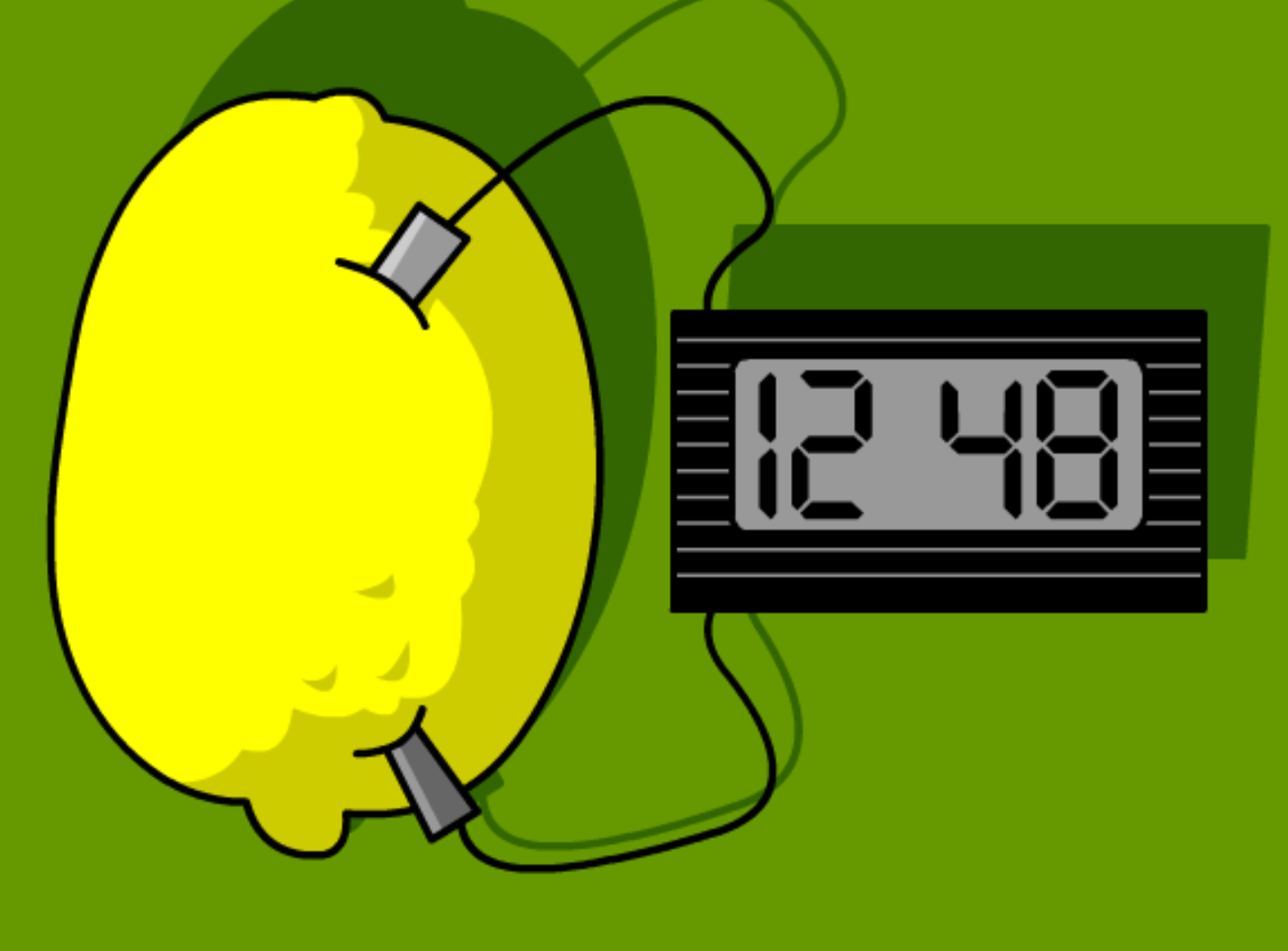
Acids and Bases
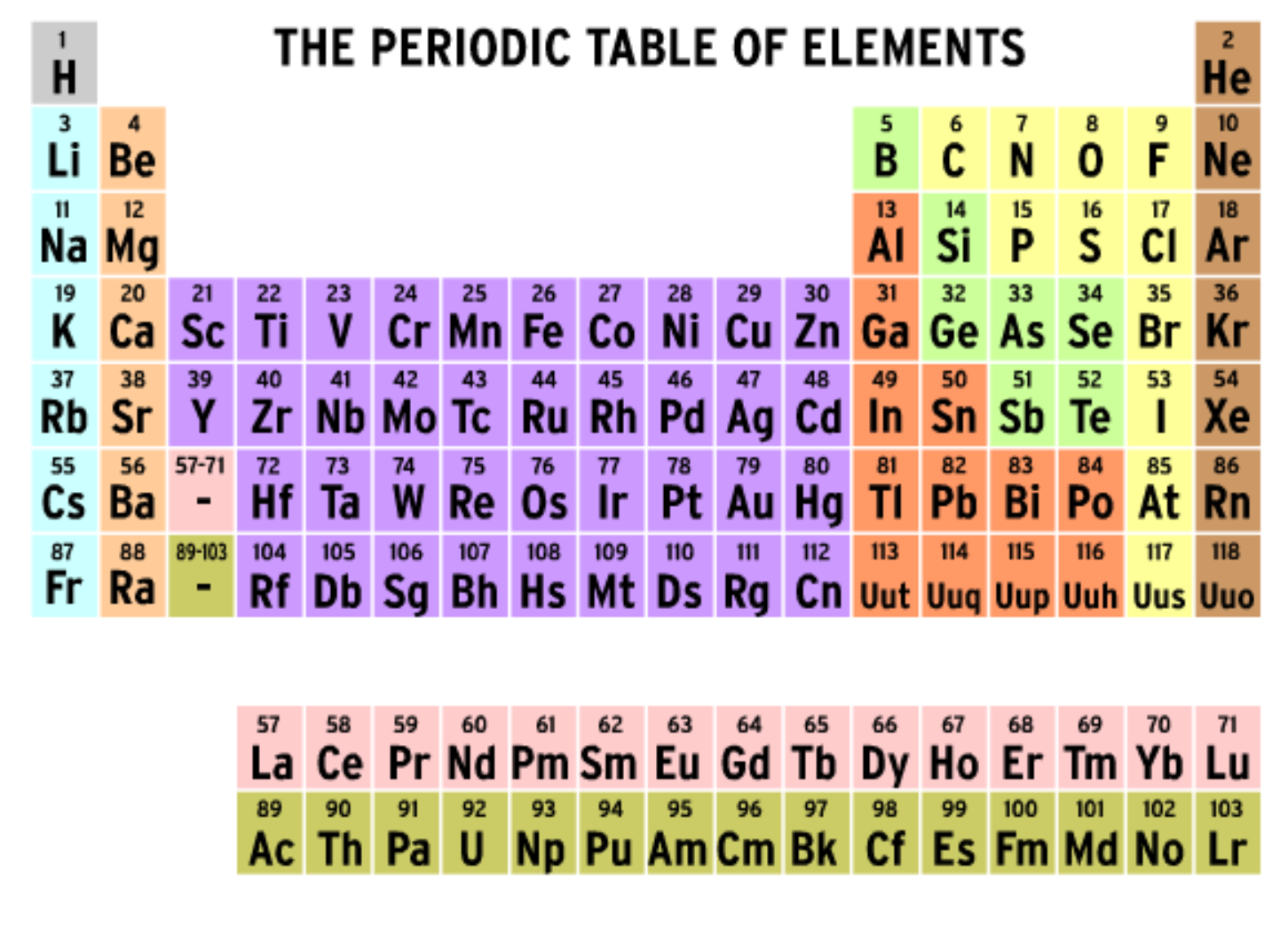
Periodic Table of Elements
Curious about all the elements of the universe? Consult the periodic table to learn more! In this BrainPOP movie, Tim and Moby tell you what’s what in the periodic table of elements. You’ll learn all about atomic number, atomic mass, and chemical symbols. You’ll also find out what information is listed for each element, as well as how to read the table. And Tim and Moby will teach you about the different groupings or categories of elements — like metals, nonmetals, and noble gases. Now you’ll know it all!
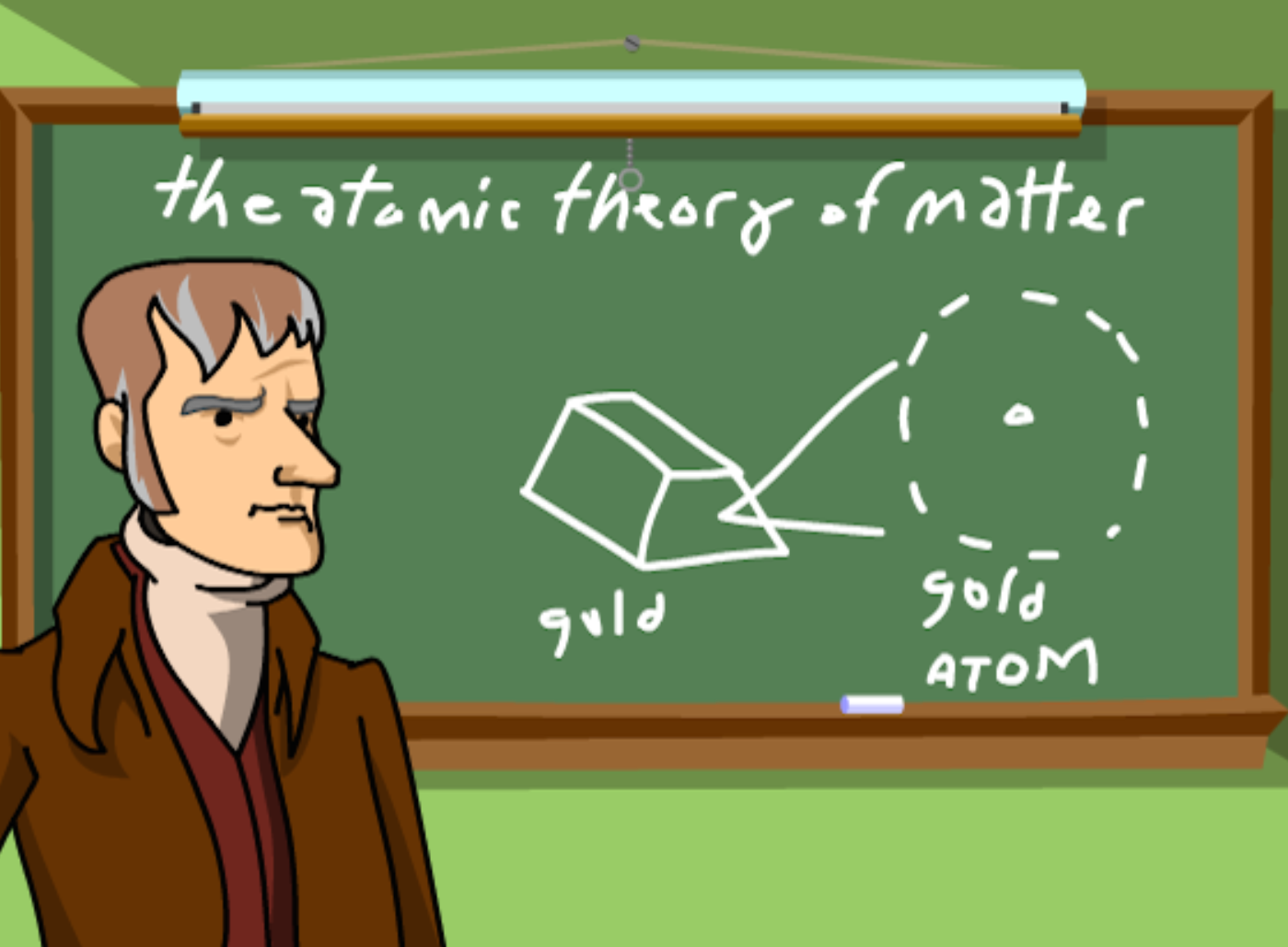
Atomic Model
Atoms are everywhere! Although the atomic model has taken years and years to build, Tim and Moby guide you through its history in just a few short minutes! In this BrainPOP movie you’ll discover the ways in which scientists have constructed numerous models of the atom over the years. Tim and Moby start you off with the development of atomic theory way back in the 19th century. You’ll learn how electrons and neutrons were discovered, and how scientists realized that atoms are composed mainly of empty space. Awesome!
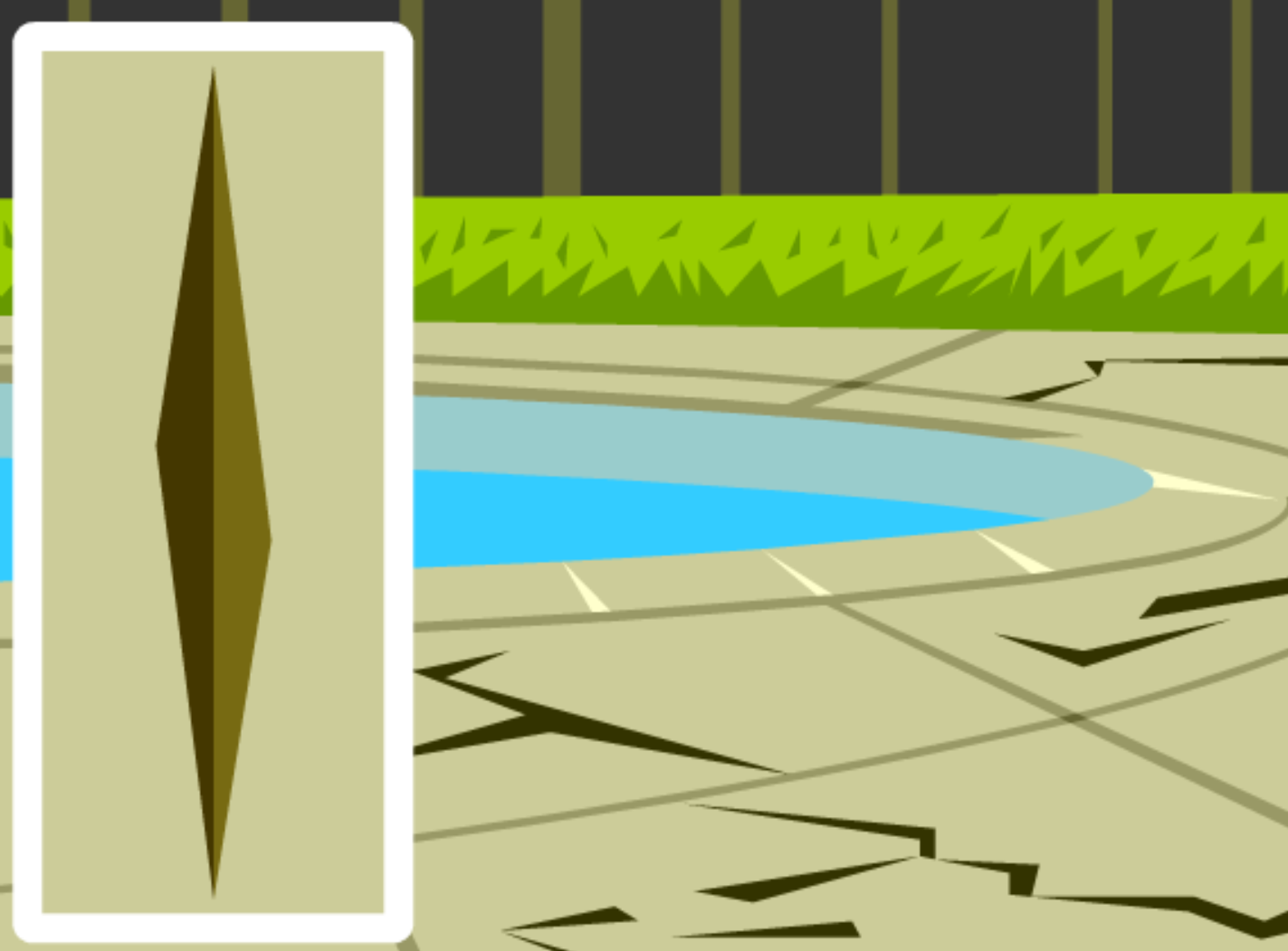
Property Changes
What are property changes? No, it doesn’t involve moving from one apartment to another! In this BrainPOP movie, Tim and Moby will tell all about physical and chemical changes — and also give you lots of examples of these changes that we encounter every day. You’ll learn about the similarities between quick physical changes, like melting ice cream or a shattered watermelon, and slow ones, like the weathering that’s shaped the earth’s surface for millions of years. You’ll also find out about chemical changes, which include iron turning into rust, and how the food in our stomachs turns into life-sustaining nutrients. You’ll really feel at home with this movie!
